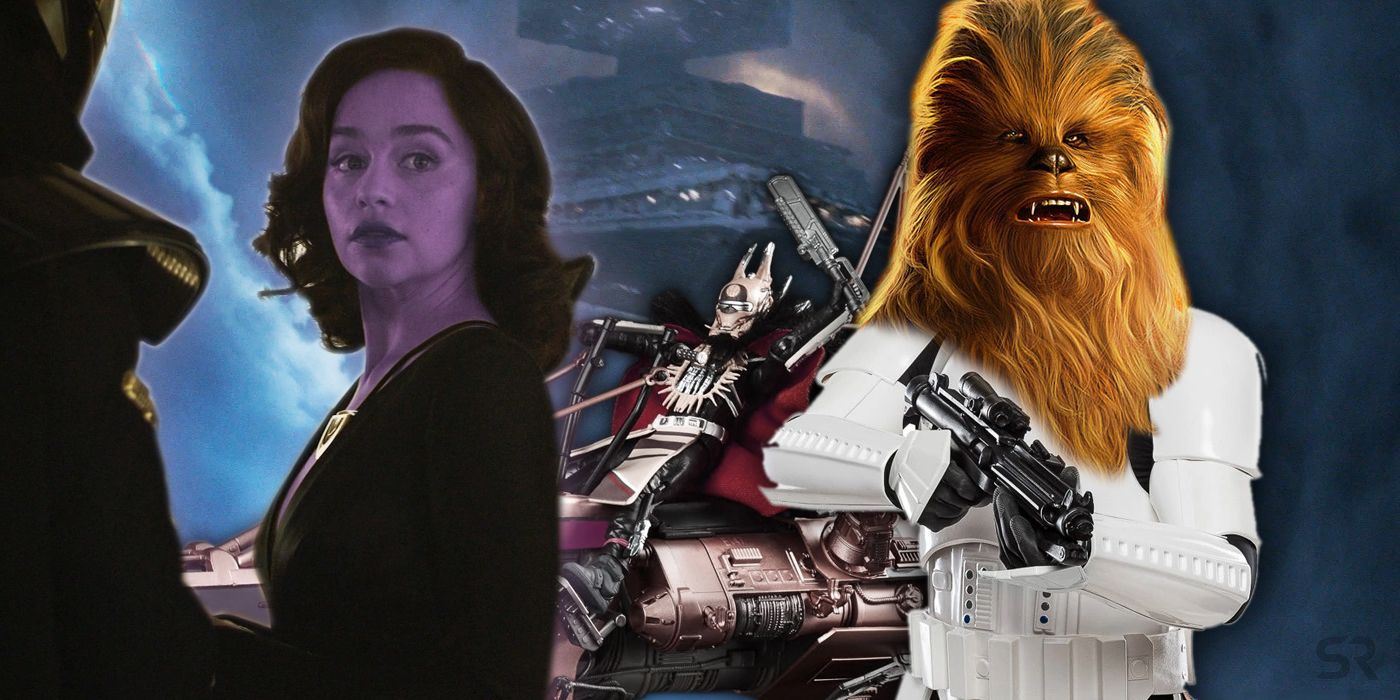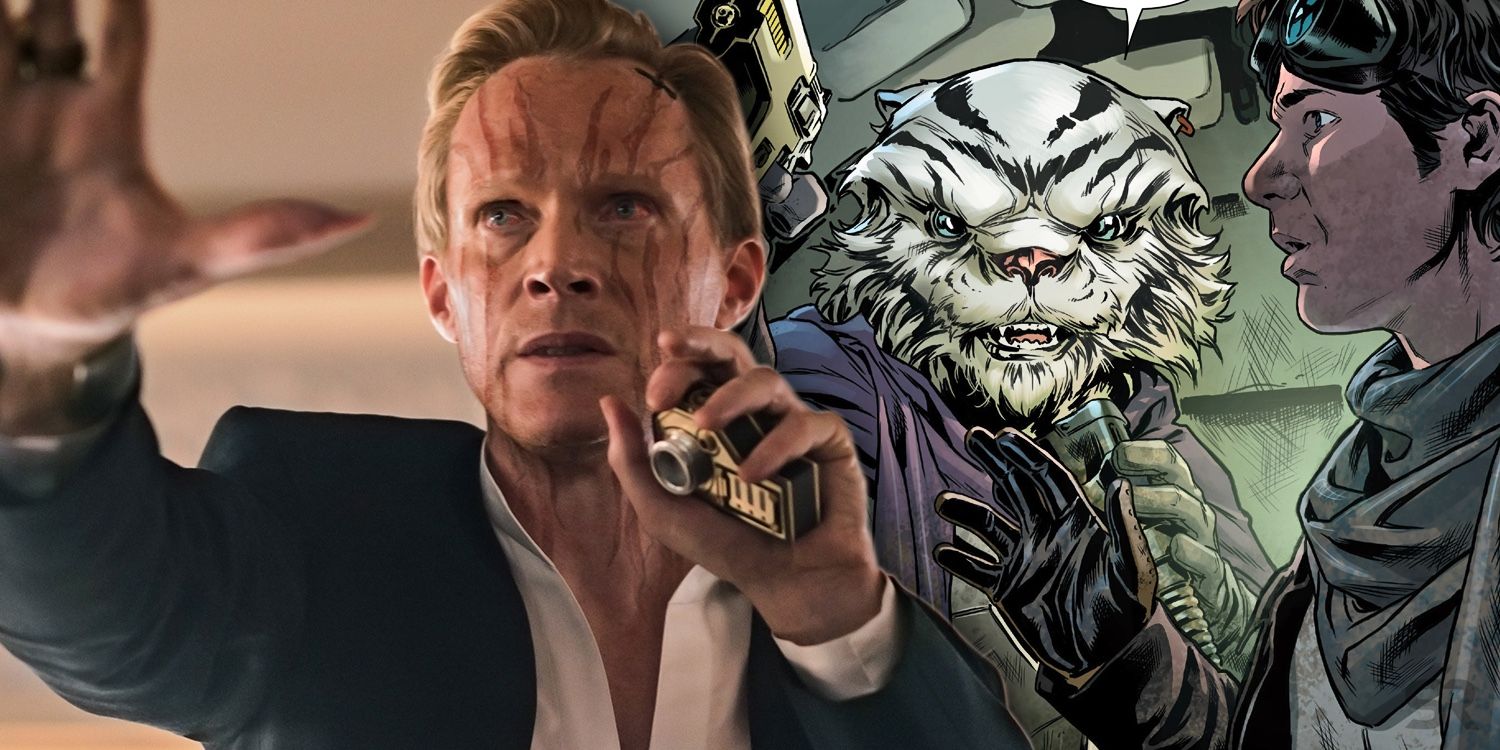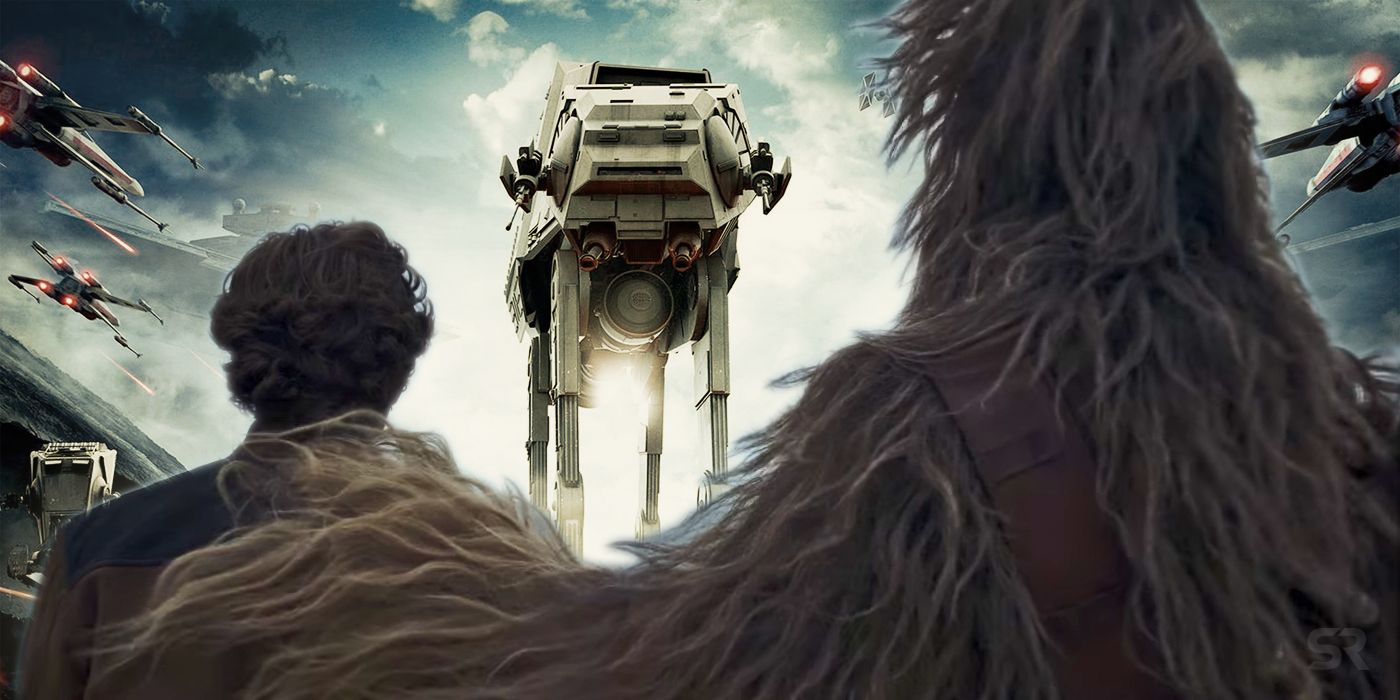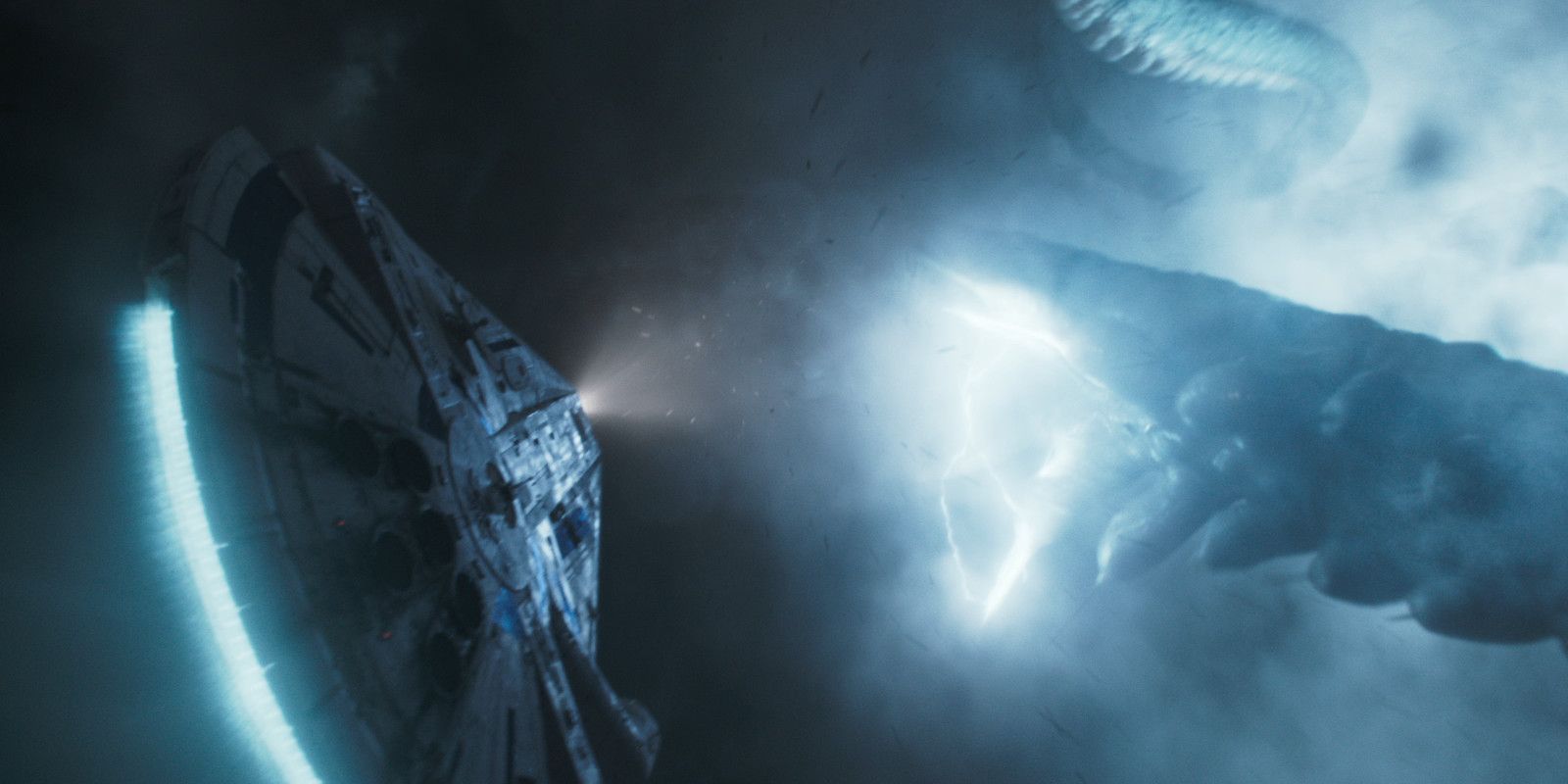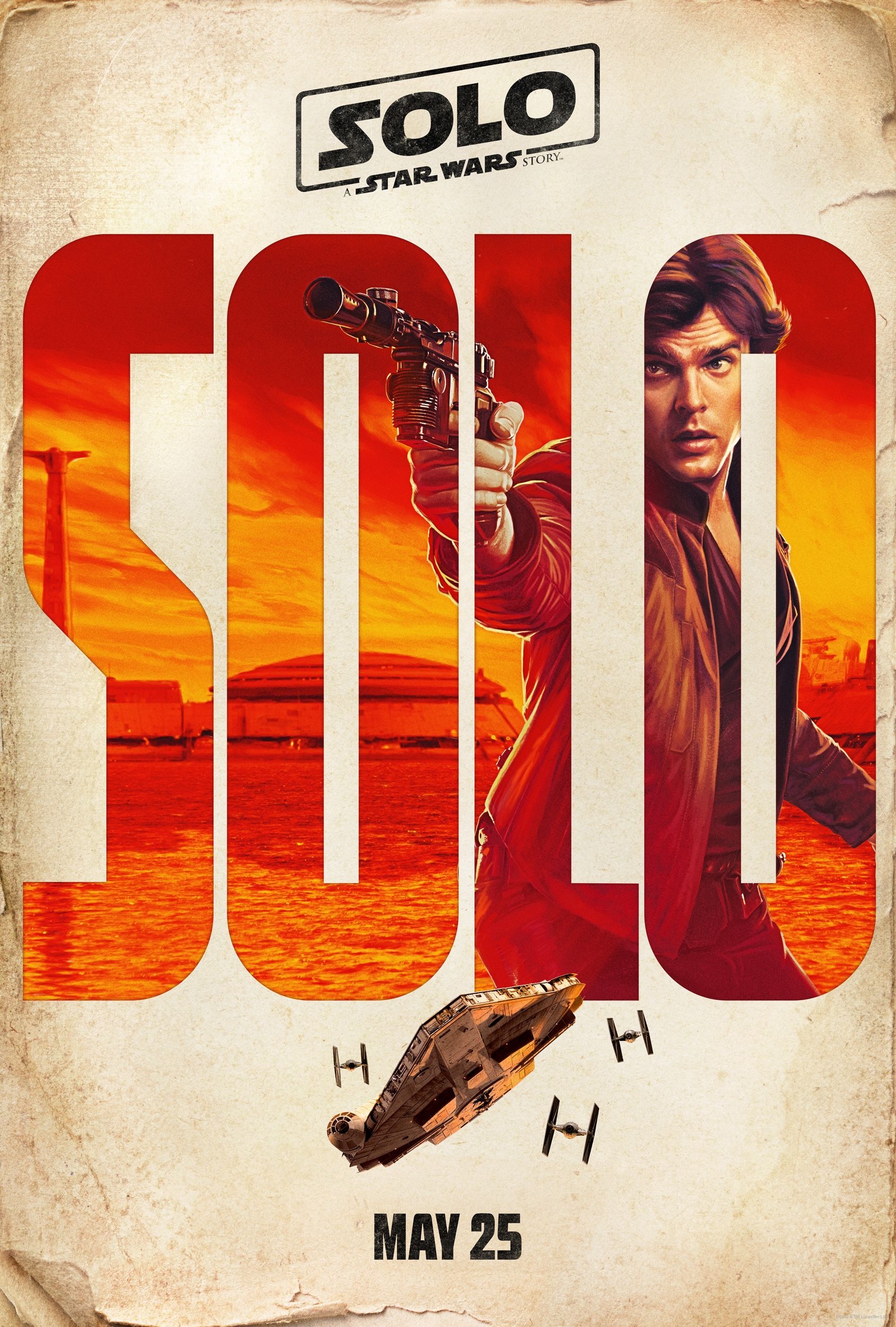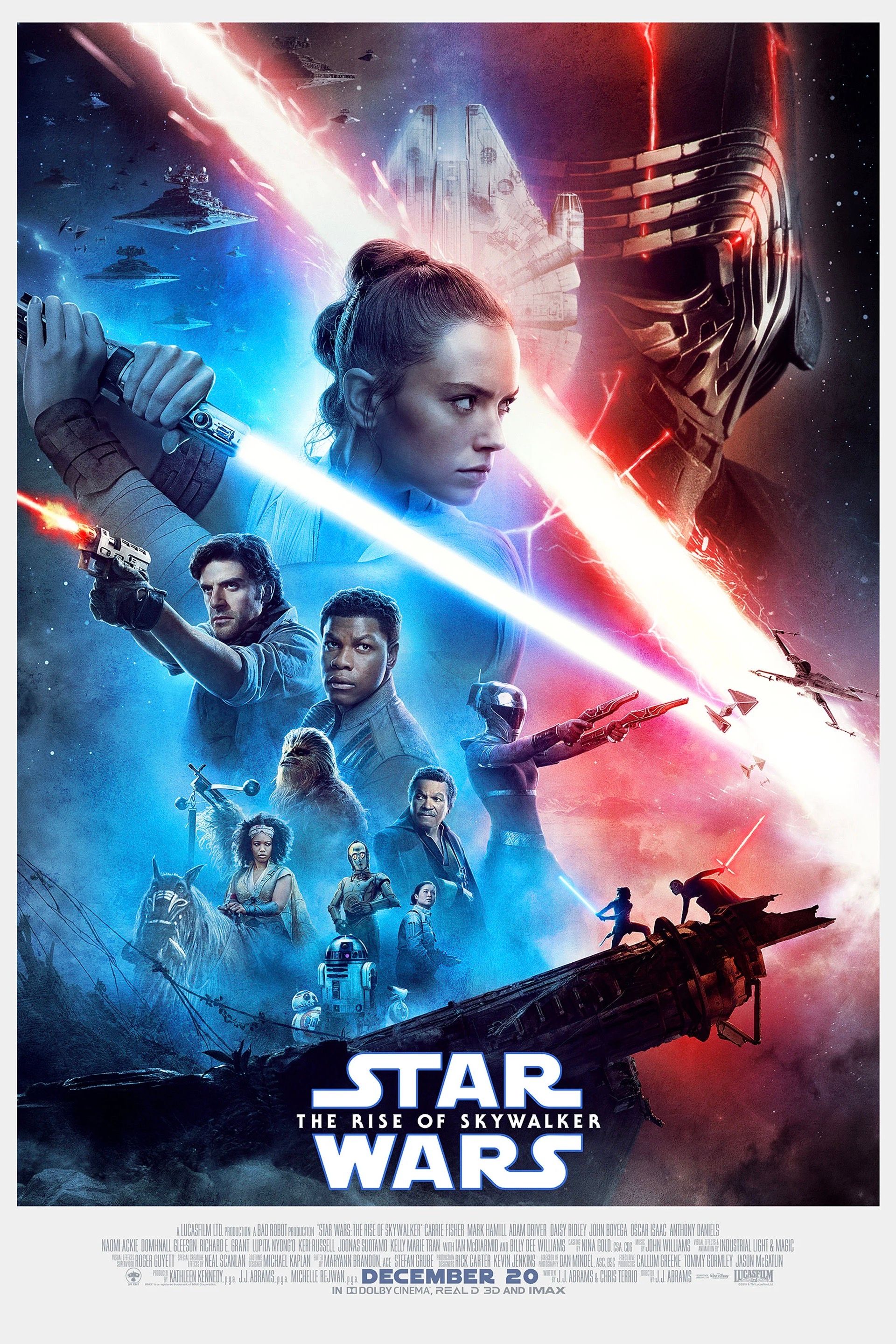The Solo: A Star Wars Story released told the origins of everyone's favorite smuggler, his walking carpet co-pilot and ramshackle Millennium Falcon well, but if earlier story ideas and concept designs had come to pass, we could have got a very different Young Han Solo film.
Although the development of Solo is, unsurprisingly given the director problems, a tightly held secret, tie-in book The Art of Solo: A Star Wars Story offers a tantalizing glimpse behind the scenes, including a wealth of concept art, with discussion from the cast and crew about earlier versions of the script.
Related: What Boba Fett & Obi-Wan Can Learn from Solo
Now, before diving into all the art book's secrets and drawing extreme conclusions, it's important to remember that studios often give concept artists a lot of leeway to play around with ideas. As Lucasfilm Creative Art Manager Phil Szostak has noted on Twitter, the most "blue-sky" period of concept creation is early on in the production, when production designers encourage the artists to pitch ideas while the script is still being written. The book charts an ongoing conversation between scriptwriter Lawrence Kasdan and the concept artists, as Kasdan reviewed their artwork and adapted the script in light of it. That certainly explains the broad range of ideas toyed with by the concept artists, only a fraction of which would ever actually make it into the film.
At the same time, there's enough comment about different versions of the script to suggest Solo: A Star Wars Story lacked a defining vision. Kasdan has recently revealed that the film was greenlit by Disney because of a single scene, and the only other common thread running through the book is Lucasfilm's desire to produce a Western. That means Kasdan toyed with countless different ideas, most notably over how Han and Chewbacca first met. Absent from the book is any real sense of just what kind of film Phil Lord and Christopher Miller, who left Solo due to creative differences with Lucasfilm, actually wanted to make; The Art of Solo: A Star Wars Story goes to great lengths to avoid dropping any clues.
With all that said, there is still a lot to be learned. Here's the Han Solo prequel that could have been.
- This Page: Solo's Characters Could Have Been Very Different
- Page 2: Solo's Plot Developed A Lot Across Script Drafts
The Characters Could Have Been Very Different
According to Jon Kasdan, Qi'ra - originally named Kura - was envisioned as a "femme fatale-type character in the tradition of Jane Greer in Out of the Past." She was one of the very first characters the costume department were assigned to attire, and for several months Lucasfilm toyed with the idea of having her as a beautiful near-human alien. Both Neal Scanlan's creature department and the costume department experimented with different looks, but ultimately Scanlan decided that just didn't feel like Star Wars. "There aren't many characters in Star Wars that are a mid-ground between an alien and a human," he explained. "That is a territory owned by other franchises." He certainly seems to have had a point; some of the concept art shows forehead ridges that are suspiciously Klingon-esque in appearance.
See Qi'ra Concept Art
At the same time, it's hard not to view this as something of a missed opportunity for Lucasfilm. Star Wars may be inhabited by a remarkably diverse assortment of races, but the films have never shown any idea of inter-species romance. The studio recently revealed that Lando Calrissian is pansexual, but that's not really been addressed on the big screen. Qi'ra could easily have become a remarkably important character in Star Wars history, rather than just another love interest for the galaxy's favorite scoundrel.
Qi'ra isn't the only one who went through numerous designs. The script left the production crew a lot of leeway when it came to Dryden Vos. "Dryden and his world were very loose in our minds," Scanlan explained. "Let's just keep playing at this and see what we come up with, with no real central focus." In fact, the costume department avoided choosing a color scheme for his clothing while they waited for a decision to be made. "Dryden Vos designs were drawn on a neutral gray figure because we were biding our time," co-costume designer David Crossman noted, "waiting to see what Dryden going to be: a human or a cat or something else." The concept art shows an incredible diversity in terms of designs - some were reptilian, others were clearly evocative of the Lasat from Star Wars: Rebels. It's known that Michael K. Williams's version of Dryden Vos was a lion-like alien, but Ron Howard ditched that design when he brought Paul Bettany on board and Vos wound up a scarred human.
See Dryden Vos Concept Art
Interestingly, some of the Imperial designs for Solo: A Star Wars Story were actually lifted from Rogue One. The costume department made more black Imperial Security uniforms for women, but didn't have to do new breastplates because they had the mold and shape done from Jyn Erso's disguise. "We also reused Imperial officers, fleet troopers, and stormtroopers from Rogue One in the spaceport," Crossman added.
Page 2 of 2: Solo's Plot Developed A Lot Across Script Drafts
How Han and Chewie First Met Went Through Many, Many Iterations
As already mentioned, Kasdan's script appears to have been remarkably fluid. As a result, he scripted several different versions of the first meeting between Han and Chewie. In one early draft, Han was actually a pilot flying in a rebel fleet; in a scene inspired by Top Gun, the cocky pilot crashed his starfighter into a hangar, and wound up court-martialled. Sentenced to front-line combat on Mimban, he and Chewbacca were part of the same unit, and Chewie saved his life; an interesting inversion of the traditional Wookiee life debt. In another version, Han and Chewie were both serving in the Imperial army and had a brawl in an officer's mess. It's no surprise that idea was ditched, given Chewbacca's lifelong animosity towards the Empire and friendship with the Jedi. Another early script seems to have seen Han and Chewie meet on Corellia. In that draft, the young Han worked in Corellia's Imperial foundries. He was imprisoned by the Empire for reasons not specified in the book, and Chewbacca was actually Han's cellmate.
See Han & Chewie Meeting Concept Art
It really does look as though Lucasfilm had no real vision for how Han and Chewie first met; the final draft seems to draw on a few of these ideas, with the two forging a loose alliance in order to escape the Empire on Mimban.
Related: Unanswered Questions From Solo: A Star Wars Story
Even when Kasdan settled on the Mimban plot, he still seems to have gone through a number of drafts. One saw Beckett save Han from death, earning his position as "father figure". It's not clear how that version would have built up to Chewbacca's life debt to Han, but it would certainly have made for a more emotional arc given Beckett's ultimate betrayal.
The Kessel Run and Beyond
But, moving beyond characters to the plot of the film, there's still a lot of variance, especially in the central Kessel heist. Concept art suggests that the script originally envisioned the Empire in control of Kessel, with Imperial stormtroopers shooting at the Falcon. Possibly the single most exciting piece of concept art in the entire book is this image of Han reaching out to rescue Chewbacca from the surface of Kessel. According to The Art of Solo: A Star Wars Story, the original idea was for Imperial TIE fighters to pursue Han into the Kessel Run. "The story elements of enslaved Wookiees on Kessel, and Han and Chewie's flight from the Empire, would both end up in the final film," the book notes.
See Kessel Run Concept Art
It also seems that famous Kessel Run was originally a far more important part of the story. In the theatrical cut, the Kessel Run sees Han head off to Savareen, ready for a confrontation with Enfys Nest. The script originally intended Han and his rival to meet during the Kessel Run instead. "Enfys Nest's Buckshot was going to have a big moment in the Kessel Run," design supervisor James Clyne explained. "She catches up with them, and harpoons the Falcon to slow it down, collaring onto one of the docking ports of the Falcon." It's a fascinating comment, suggesting the film's third act was almost very different, but no further details are provided.
-
All in all, The Art of Solo: A Star Wars Story is a fascinating peek behind the Star Wars curtain. The book carefully avoids giving any clues as to the behind-the-scenes drama that plagued the film's production, but it still offers some valuable insights. Perhaps the most remarkable element of it all, though, is just how disjointed the whole process feels. It's pretty clear the drafts of Solo's scripts were incredibly different, suggesting a lack of a central vision that would ultimately harm the movie's box office performance.

